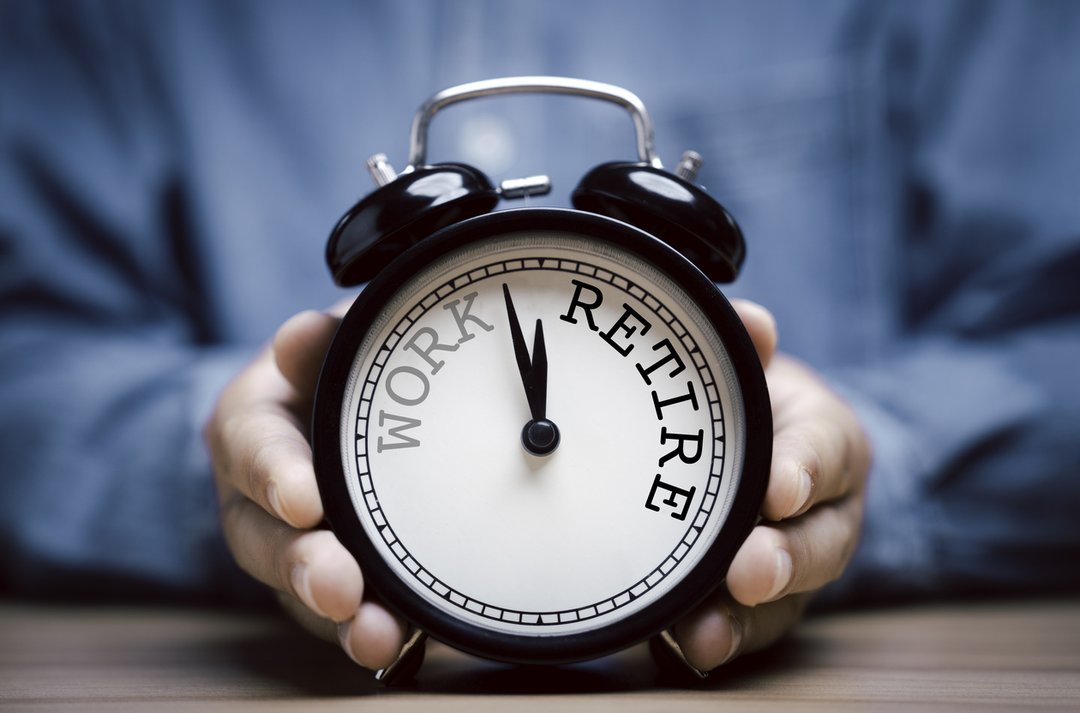
By Kenneth G. Pringle
Oct. 31, 2023
The U.S.’s $39-trillion retirement savings system emerged from the covid pandemic with increases in both plan participation and holdings.
That’s the good news on retirement from the Federal Reserve’s triennial “Changes in U.S. Family Finances” report.

iStock image
The bad news is that almost half the nation’s families have no retirement plan at all, and that participation has barely budged since 2001. Even among those with retirement accounts, the median value of their retirement holdings was just $86,000.
Over the past four decades, 401(k)s, 403(b)s and other tax-advantaged retirement savings plans have supplanted private pensions as the main source of income for seniors after Social Security. Yet they haven’t made retirement more secure for millions of middle- and lower-income Americans, many of whom would be better off with a pension.
The U.S. retirement system ranks 22nd among 47 nations on the latest Mercer CFA Institute Global Pension Index, earning a C+ grade along with the likes of Colombia and Kazakhstan.
To be sure, everyone can’t be Mitt Romney, with $100 million stashed in their individual retirement account. But a dignified retirement for all Americans has been a goal for more than a century.
“There is no tragedy in growing old, but there is tragedy in growing old without means of support,” President Franklin D. Roosevelt declared in 1934.
How is it that this tragedy of aging in America continues?
For most of history, people lived on the farm, and work ended when they died. The concept of “retiring” developed during the Industrial Revolution, when employers wanted older, less efficient employees to make way for cheap, young labor. So, they pensioned them off.
American Express started the first corporate pension plan, in 1875; after 20 years, qualified workers over 60 received up to half salary each year till death. The popularity of such defined-benefit plans grew with American corporations.
This tentative step toward retirement planning got swamped by the Great Depression. Roosevelt’s response was Social Security, conceived as an emergency fund to guard against “the hazards and vicissitudes of life,” as FDR put it.
A pension, earned through a lifetime of labor, was still supposed to be one’s chief means of support through the golden years.
Employees like guaranteed benefits. Employers, who must fund them through fickle markets, see them as yet another liability.
New possibilities emerged with the Revenue Act of 1978, in an 869-word provision that would become paragraph (k) to section 401 of the Internal Revenue Code. It was intended to regulate company profit-sharing plans.
Consultant Ted Benna, the father of the 401(k), saw more possibilities in those 869 words of legalese. He added two components that weren’t mentioned in the legislation—-employee pretax contributions, and employer matching contributions—and established the first 401(k) savings plan in 1981.
The IRS approved, and a craze was born.
“Tax shelter for little guy: Deferred-salary plan hot item,” was the Chicago Tribune headline on May 29, 1982. “It seems too damn good to be true, but it’s true,” an executive at Quaker Oats, an early 401(k) adopter, told the Trib.
“Better Than a Gold Watch: 401(k)s Soar in Popularity,” Barron’s wrote on Nov. 7, 1983, noting how “pension-fund specialists are rubbing their hands with glee” as existing programs were converted into 401(k)s.
In 1983, 7.1 million American workers participated in 401(k) plans; the number grew to 38.9 by 1993, overtaking pension participation. Today, more than 60 million workers have 401(k)s.
Yet, as the Fed reported, only 54.3% of American families have retirement accounts. Another 13% have defined-benefit pensions, though there is overlap.
That leaves a large segment of the population hoping to get by on personal savings and Social Security. It also means those with 401(k)s must navigate volatile markets themselves, and sometimes watch their savings tumble by nearly a quarter, as in 2008.
“The great lie is that the 401(k) was capable of replacing the old system of pensions,” Gerald Facciani, former head of the American Society of Pension Actuaries, told The Wall Street Journal in 2017. “It was oversold.”
Benna, father of the 401(k), points out that the old pension system was hardly perfect. In 1960, just a third of nonagricultural workers were covered by defined-benefit pensions.
Most of these plans didn’t vest until workers were 60, and they were nontransferable. So thousands were locked into jobs with “golden handcuffs,” hoping to be kept on till vesting.
“I am not disappointed how 401(k) has turned out,” Benna told Barron’s recently. “It has helped middle-class employees accumulate $15 trillion or so in retirement savings. That is far beyond what I and the staffers who wrote the section of the law ever expected.”
Benna’s disappointment stems from Wall Street’s takeover of the 401(k), now inextricably tied to the $60 trillion mutual fund industry, with fees once paid by the employer “getting bundled and dumped on employees.”
Benna admits the 401(k) “is far from perfect,” and suggests a series of measures that would help close the gaps in coverage:
Require all employers to offer a payroll-deduction plan, 401(k) or IRA; ban emergency use of retirement savings; require auto enrollment and annual increases; and allow retirees to withdraw $1,000 to $2,000 a month from their 401(k)s or IRAs without paying taxes.
Till then, put away as much as you can, and pray for calm markets.
Write to editors@barrons.com
This Barron's article was legally licensed by AdvisorStream.
Dow Jones & Company, Inc.



